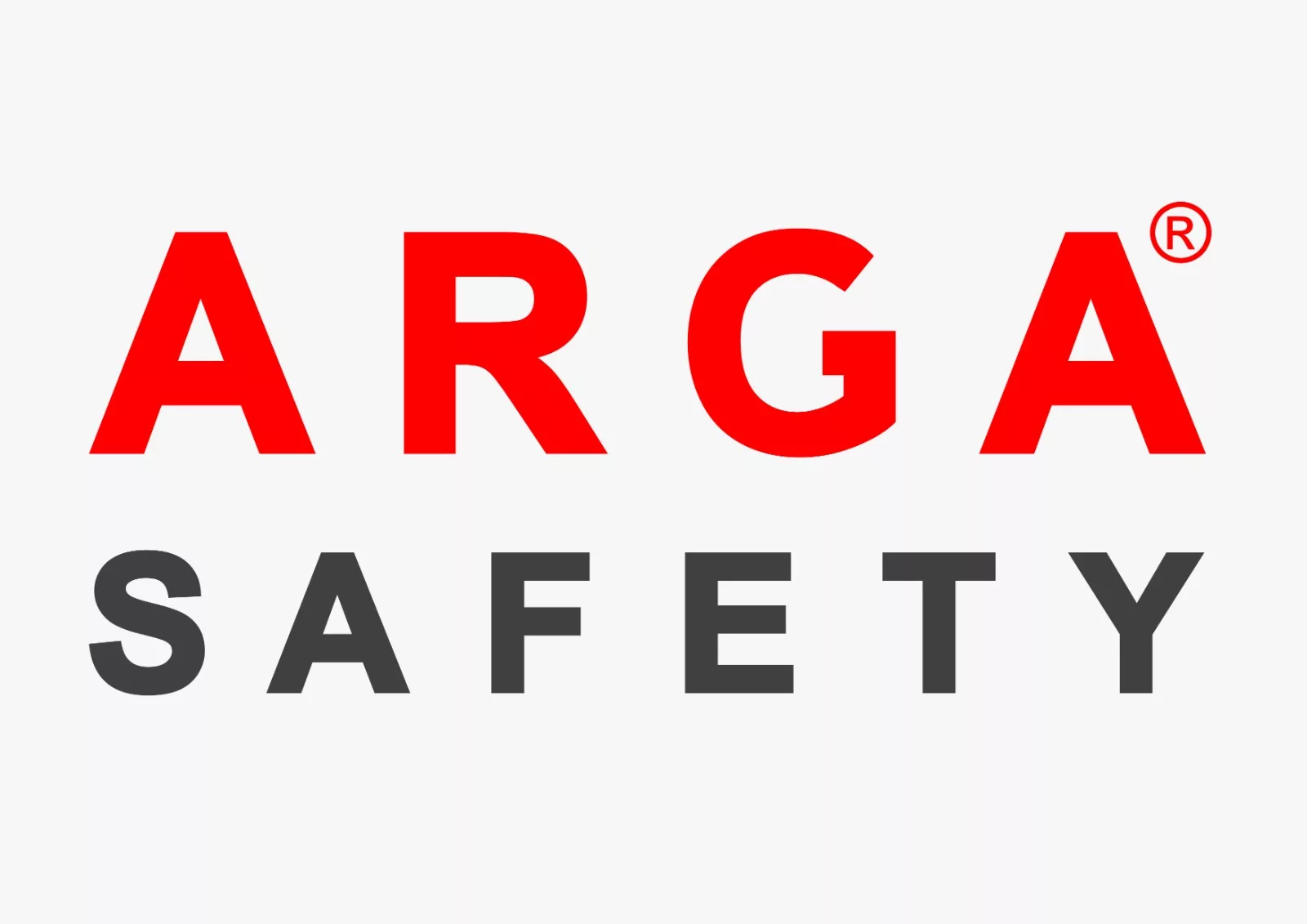What are Lifelines? The Importance of Lifelines in Occupational Safety

Working at height is a common risk factor in many sectors such as construction, energy, telecommunications and industrial maintenance. One of the most important measures taken to prevent occupational accidents is lifelines. So what is a lifeline? Where are they used? Why is it so important for occupational safety?
What is a Lifeline?
A lifeline is a safety system, usually consisting of a steel rope, rail system or fixed anchorage points, installed to prevent people working at height from falling. This system, integrated with personal protective equipment (PPE), minimizes the risk of falls and provides safe movement space for workers.
Types of Lifelines
Lifelines differ according to their area of use and operating conditions. The most common types of lifelines are:
Horizontal Lifeline: Generally used on roofs, scaffolding and horizontal surfaces. Workers can move safely on the horizontal axis by adhering to this line.
Vertical Lifeline: It is preferred on vertical surfaces such as stairs, towers and silos. Automatic locking mechanism is activated in case of fall.
Mobile Lifeline: It is a portable lifeline system installed for temporary works. It is used in construction sites or temporary maintenance works.
Where is the Lifeline Used?
Roof works
GES (solar power plant) maintenance and cleaning
Working on crane and silo
Maintenance in industrial plants
Telecom towers and high masts
Construction scaffolding
Why Use Lifeline?
Prevents falls: Falls from height are the most common type of occupational accident. A lifeline minimizes this risk.
Complies with legal obligations: Necessary precautions should be taken for those working at heights under the Occupational Health and Safety Law No. 6331 in Turkey.
Increases employee productivity: Employees who feel safe are more productive and focused.
Protects corporate reputation: Preventing occupational accidents reflects the company's safety culture.
What to Consider When Choosing a Lifeline?
Compliance with international standards (EN 795, CEN/TS 16415)
Professional engineering and installation service
Material quality and durability
Ease of periodic maintenance and inspection
Stay Safe with Arga Safety
Arga Safety we offer expert solutions in the field of working at height safety. Lifeline systems in accordance with EN standards are designed and installed by our expert teams. We take occupational safety one step further with project-specific analysis, exploration and technical consultancy services.

